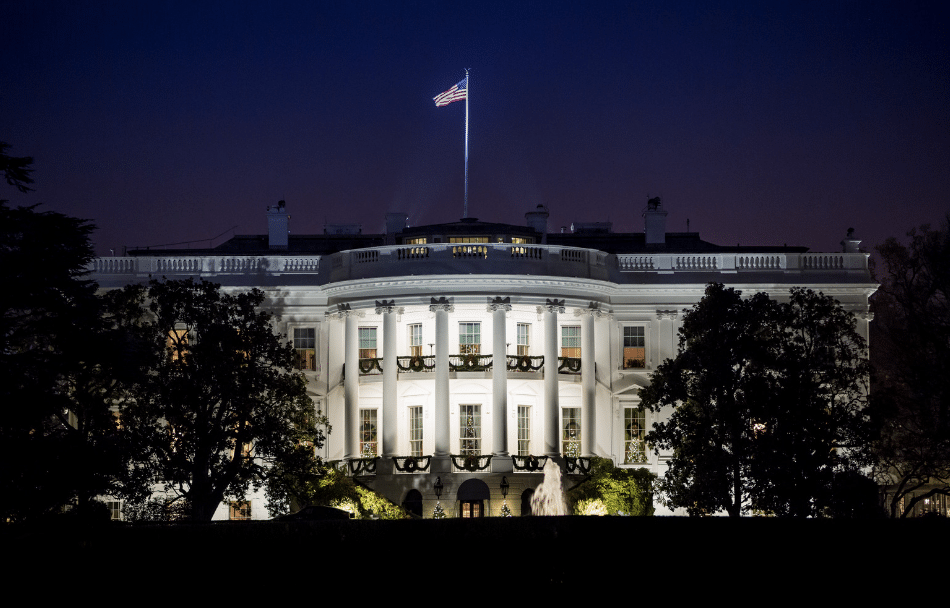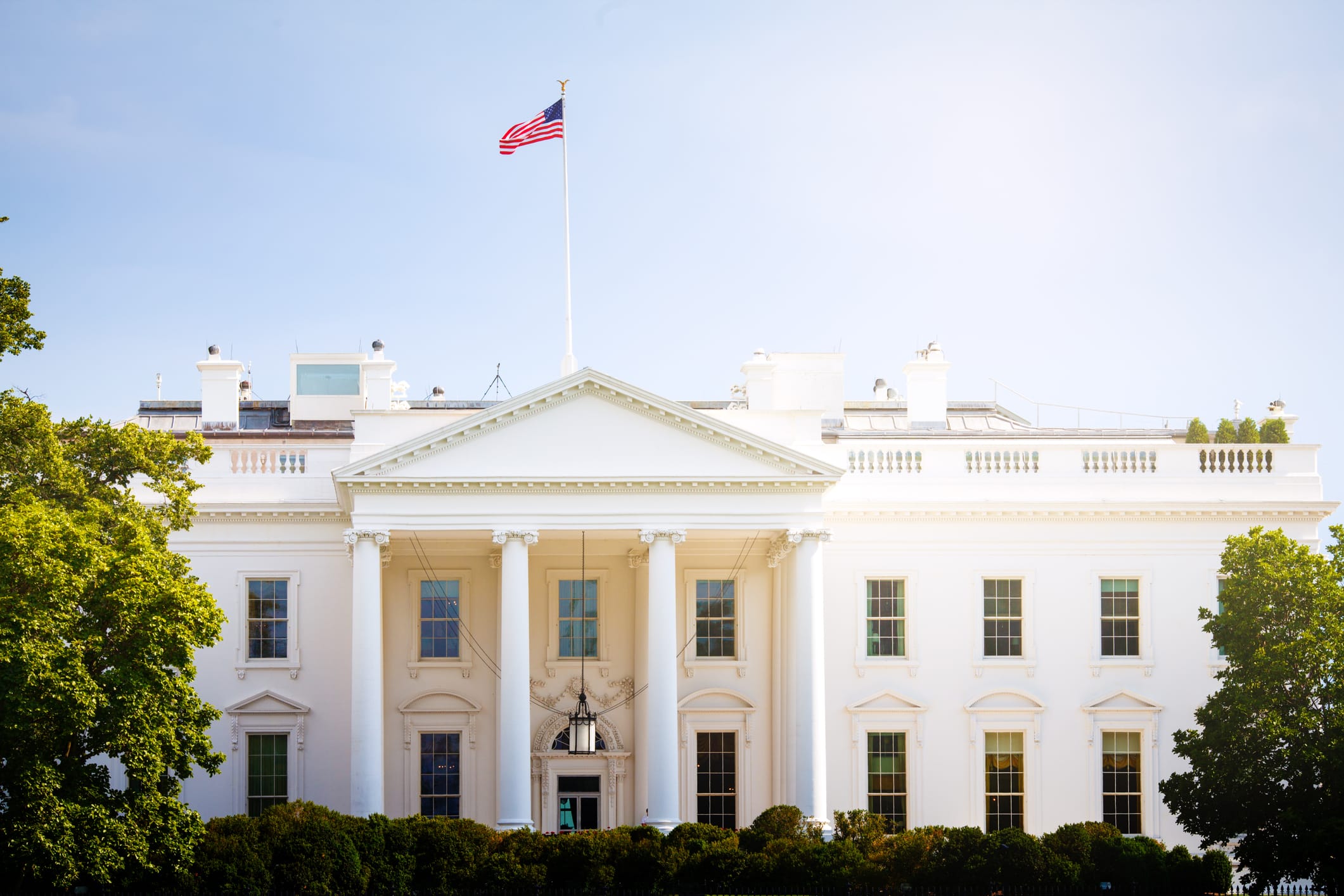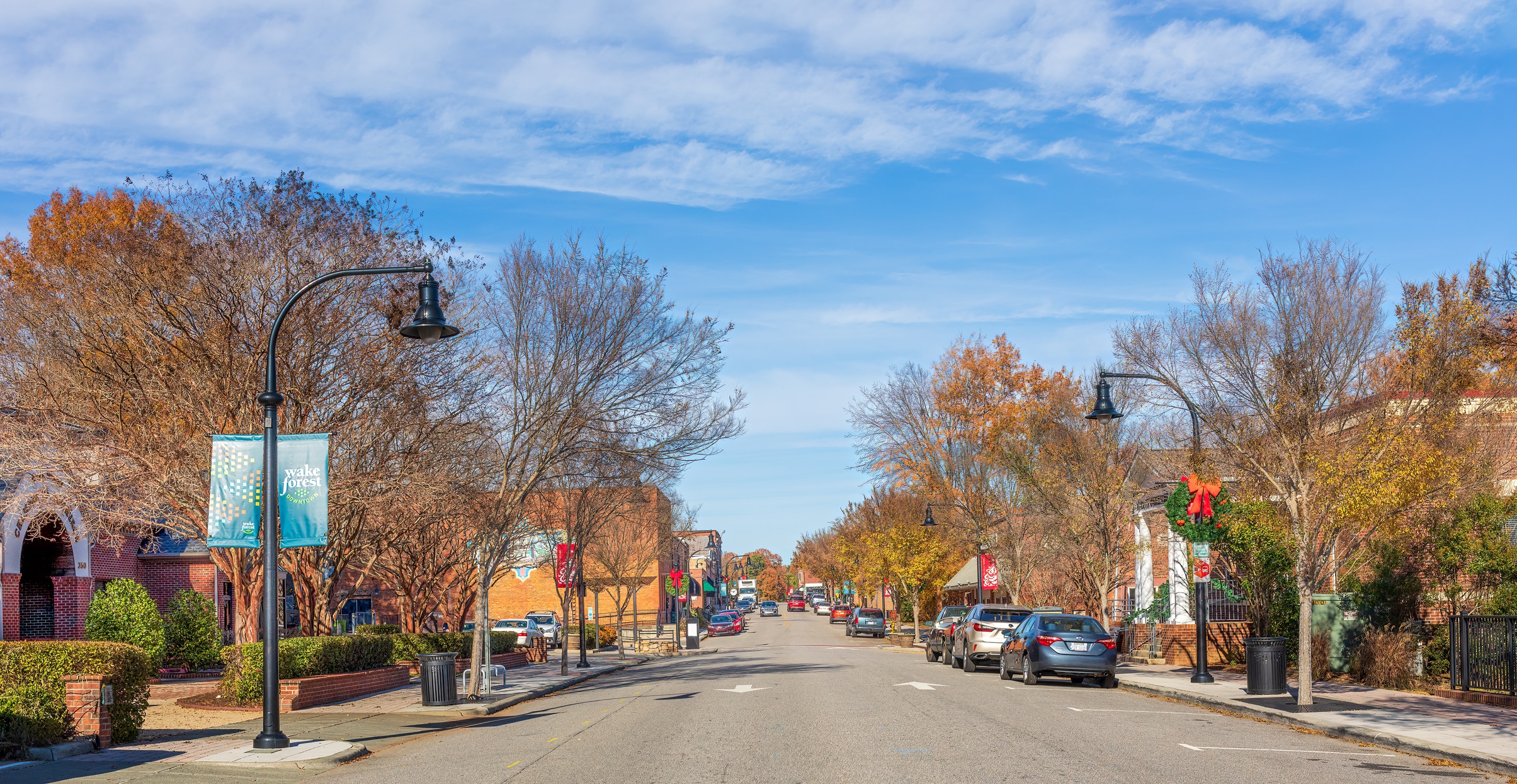Six new Emerson College Polling statewide surveys find President Joe Biden trailing former President Donald Trump in Arizona, Georgia, Pennsylvania, Nevada, and Wisconsin, and leading Trump in Michigan. Each state included a sample of n=1,000 voters, for a total of N=6,000 registered voters in six states, with subsets of likely voters. Among registered voters Trump leads Biden by four points, 45% to 41%, with 14% of voters undecided, and amongst likely voters, Trump leads Biden by three points, 47% to 44%, with 9% of voters undecided.
Spencer Kimball, Executive Director of Emerson College Polling, said: “Biden is generally underperforming his 2020 support with voters under 30, whereas Trump has locked in his support with middle-aged voters. Likely voters under 30 break for Biden over Trump by eight points across these six state polls, 47% to 39%, with 14% undecided. Trump’s base of support lies with the 50-64 year old general election voters, who support him over Biden by a 13-point margin, 52% to 39%, while likely voters over 65 are evenly split between the two candidates: 46% to 46%.”
Trump and Biden voters were asked why they chose to support their candidate for president: if they dislike one of the candidates, like one of the candidates, vote for their party’s candidate, care about an issue, or something else. Overall, 29% of likely voters support their candidate because they dislike the other candidate, while 24% support their candidate because they like that candidate, 21% because they care about an issue, and 15% support their party’s candidate.
- A plurality (39%) of Biden likely voters support the president because they “dislike one of the candidates,” while 18% vote for Biden because they like him, 16% support him to support the party candidate, and 19% support him because they “care about an issue.”
- A plurality of Trump likely voters (30%) support the former president because they “like one of the candidates,” while 24% are voting because they “care about an issue,” 19% because they “dislike one of the candidates,” and 14% to vote for their party’s candidate.
“Biden and Trump likely voters under 30 are most likely to say they are voting for Biden and Trump to support their party’s candidate, at 29% and 23%. Choice driven by party decreases with age, decreasing to 11% of Biden voters over 65 and 10% of Trump voters over 65%,” Kimball noted.
To measure what voters find important in a candidate for president, a series of questions were presented to voters based on the research of the late Judith Trent on the ideal presidential candidate. Voters were asked how important they found a series of characteristics for President of the United States based on Trent’s research.
- Voters rated truthfulness as most important (97% important) followed by authenticity (95%), being on the same side of issues (94%), experience (93%), electability (89%), and lastly charisma (67%).
Regarding an ideal president’s age, a plurality of voters (32%) in the six states surveyed said the president should ideally be aged in their 50s, followed by their 60s (18%). A quarter of voters (25%) have no preference in the age of their ideal candidate. Five percent think a president should be in their 70s, 4% think in their 30s, and 2% think ideally, a president should be in their 80s or older.
A plurality of voters (34%) in the six states consider inflation and the cost of living to be the most important issue when considering their vote for president, followed by the economy and jobs (22%), threats to democracy, (11%), crime and public safety (9%), healthcare access and costs (6%), gun control (5%), access to abortion (5%), and the environment (5%).
- Trump voters agree on inflation as the top issue (44%) followed by the economy and jobs (27%), while Democrats are more split: 21% find inflation to be the top issue when considering their vote, 17% say the economy and jobs, 16% threats to democracy, 10% healthcare, 9% abortion access, 9% gun control, and 9% the environment.
- Undecided voters align more with Trump voters: 39% find inflation to be the top issue, followed by the economy and jobs at 18%.
Methodology
The sample for each state was n=1,000 registered voters, for a total of N=6,000. The total number of likely voters is N=4,303 in Arizona (n=778), Georgia (n=780), Michigan (n=788), Nevada (n=770), Pennsylvania (n=816), and Wisconsin (n=819). Data was weighted by statewide general population parameters and voter registration and turnout data. The credibility interval, similar to a poll’s margin of error, for the sample is +/- 3% in 19 of 20 cases in each state, and a total credibility interval of +/-1.06%.
The survey was administered by contacting respondents through an online panel provided by Alchemer and landline via Interactive Voice Response with respondents provided by Aristotle. Data was collected between October 30-November 4, 2023. All questions and results included in this release are sponsored by Emerson College.
It is important to remember that subsets based on demographics, such as gender, age, education, and race/ethnicity, carry with them higher credibility intervals, as the sample size is reduced. Survey results should be understood within the poll’s range of scores, and know with a confidence interval of 95% a poll will fall outside the range of scores 1 in 20 times.







